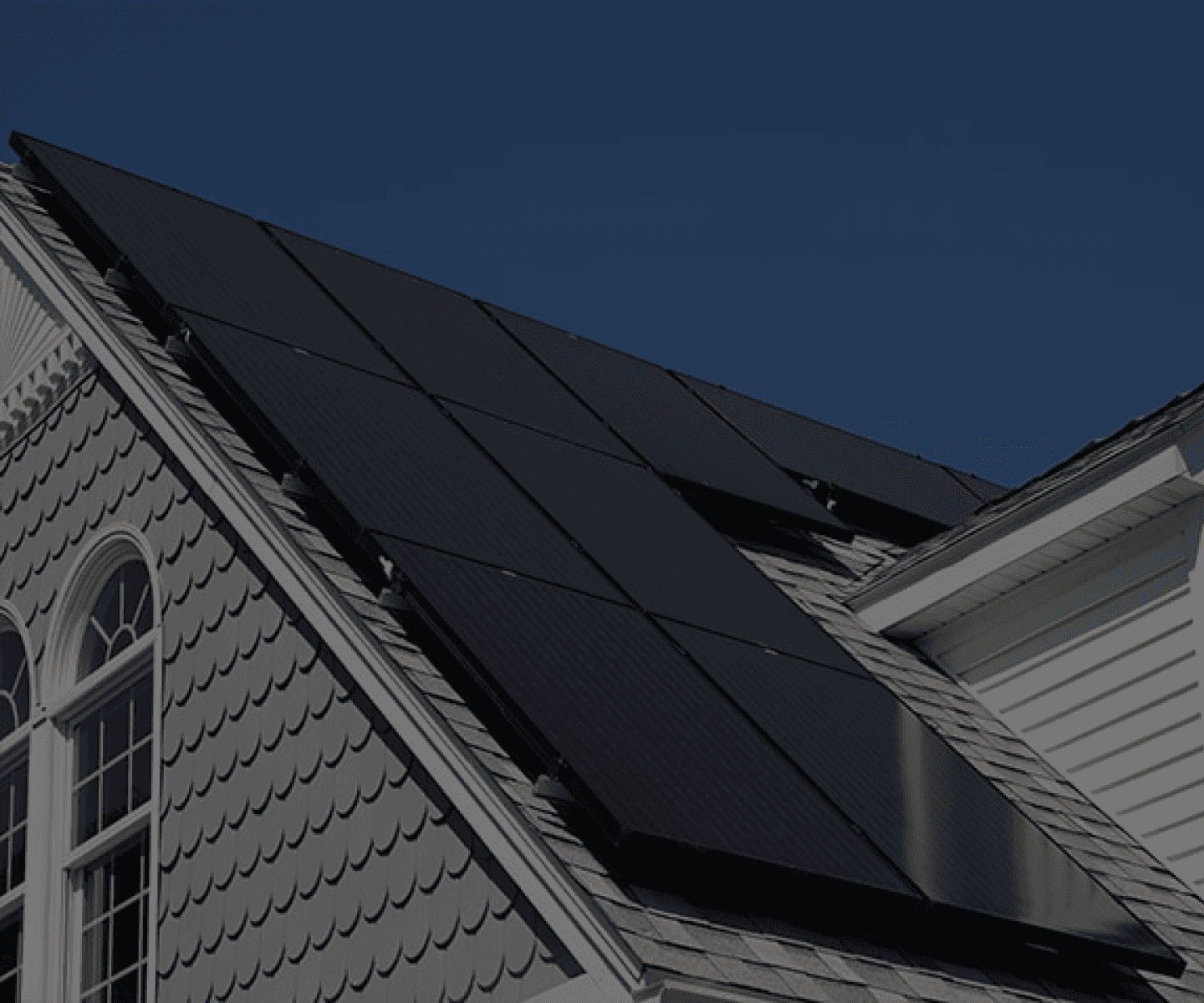DC vs. AC Circuit Breakers

As you install your solar panels, you’ll need to ensure you have all the correct supporting equipment. Besides the panels, inverters and racking, there are several smaller items of equal importance to your installation — such as AC and DC circuit breakers.
Today, we’ll discuss the difference between DC and AC power and circuit breakers to help your solar panel installation flow as smoothly as possible.
What Is the Difference Between DC Power and AC Power?
AC stands for “alternating current.” AC voltage alternates direction, changing from a positive voltage to a negative voltage and back. The number of times it changes per second is measured in hertz (Hz). In the United States, AC power is 60 Hz, so it alternates 60 times every second.
DC stands for “direct current,” which does not alternate. DC voltage always moves in one direction.
A solar panel produces DC power, but your home needs AC power. This is why you need an inverter or microinverter to convert DC to AC.
What Is a Circuit Breaker?
Both AC and DC circuit breakers serve two important purposes.
First, they provide circuit protection. If too many amps flow through a circuit, the circuit breaker will trip and stop the power from flowing.
Second, circuit breakers provide a switch you can use to turn off the circuit by isolating it from the power source.
There are three types of circuit breakers: thermal, magnetic and thermal-magnetic.
Thermal Breakers
Thermal breakers are triggered by heat and prevent circuit overload. Thermal protection is vital because too much heat can melt components or cause a fire. However, thermal breakers do not operate instantaneously.
Magnetic Breakers
Magnetic breakers use a solenoid to open a circuit when too much current is flowing. This magnetic protection will instantaneously stop power from flowing through the circuit, but it will not trip due to excessive heat. The instantaneous opening is crucial in a short circuit, which can be extremely dangerous for even fractions of a second.
Thermal-Magnetic Breakers
Thermal-magnetic breakers provide both thermal protection and instantaneous magnetic protection.
What Is a DC Breaker?
A circuit breaker in a DC circuit is specially designed for switching off DC voltage.
How Does a DC Breaker Work?
When a circuit overloads, the breaker’s internal contacts separate, opening the circuit. As the contacts separate, a DC arc develops inside the circuit breaker.
Because DC voltage constantly flows in one direction, the breaker must have a way to extinguish the arc. These arc extinguishing measures separate a DC breaker from an AC breaker, so it is critical to use DC-rated breakers for DC circuits.
What Is an AC Breaker?
AC circuit breakers are designed for protecting AC circuits.
How Does an AC Breaker Work?
An AC breaker also has internal contacts that separate, opening the circuit when too much current flows. But because AC power alternates between positive and negative voltage, there are two points in every cycle where the voltage is zero.
When the contacts separate and an arc forms, the arc disappears within 1/120th of a second. So, AC breakers do not need the arc extinguishing measures that are critical for DC breakers.
Important Considerations
When installing solar, it is essential to know which components of the solar energy system are DC and AC. This will depend on the equipment you use.
Inverter Type
If you are installing a central (string) inverter, all the wires connecting the solar panels to the inverter will carry DC voltage and must be protected with DC-rated circuit breakers.
If you are installing microinverters, note that there is DC power on the solar panel wires, but you’ll use AC-rated circuit breakers to protect everything else.
Voltage and Current Ratings
Another thing to consider when choosing circuit breakers is the voltage and current ratings.
In solar, the AC voltages are standard, like 120/240 for residential power and 120/208 or 277/480 for commercial buildings. DC voltages can run up to 600 volts on residential and 1,000 or 1,500 volts on commercial projects.
You’ll find amp ratings on the manufacturers’ labels, but it is critical to understand that devices like circuit breakers need to be rated for 125% of the expected current on the circuit.
The Final Word on DC vs. AC Circuit Breakers
As you can see, choosing the proper circuit breakers for your solar system is as critical as selecting any of the other components. Installing the incorrect circuit breaker can damage expensive components or even cause a fire.
To get the best advice throughout your DIY solar panel installation process, don’t hesitate to work with the experts at GoGreenSolar. Our NABCEP-certified professionals are ready to assist you with any questions regarding circuit breakers or your entire installation.
Choose GoGreenSolar for your DIY solar panel kit needs and end-to-end technical support! Contact us today.






